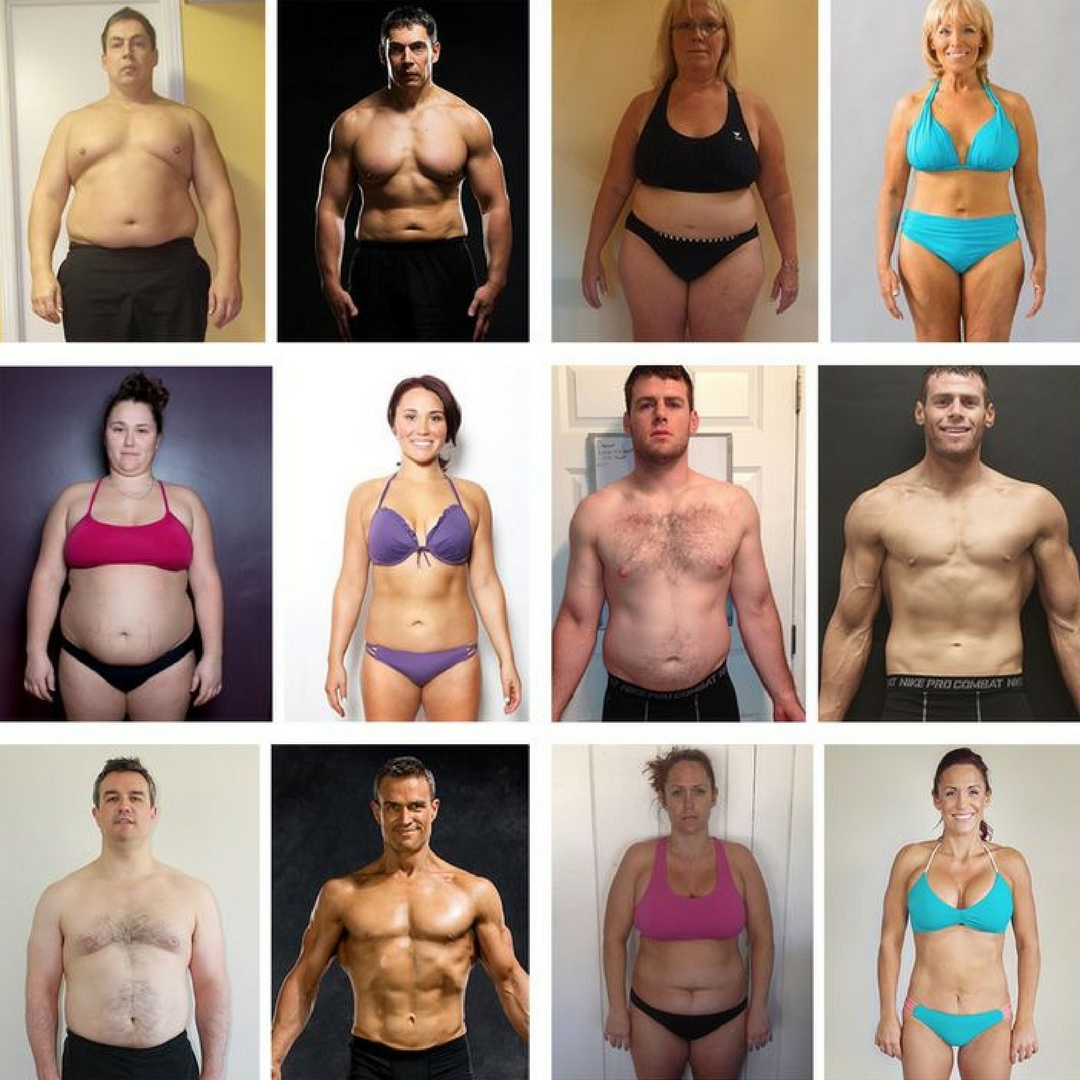Eating For Fatloss or Gaining Muscle
Article Date: 22-01-2018
Counting calories, gram for gram can be an overly complicated and boring task for most people. If you’ve spent your life understanding nutrition and how it plays a role in your life, you will know how important it is to have some control over how much you eat.
In the last issue, we discussed controlling your nutritional intake without the havoc of having to count calories, but more so, using portion control with your hands to find a balance where you can not only control a healthy weight, but not get overly obsessive with counting every gram and taking the fun out of being in control.
To gain muscle we need to eat more, to lose body fat and retain muscle we need to eat less. That bits easy, right? Well if it was, everyone would be walking about like a Greek god and goddess and understanding what goes in their mouth.
Understanding Food
The reality is most people don’t understand food, nutrition and how it effects the changes their body needs.
Having coached over a 1000 clients to date, ranging from calorie counters to healthy eaters who don’t count food, I’ve experienced first-hand the methods that work best for people who just want good results and do not have to become buried in the numbers.
Problems with modern APPS and data
In part one we discussed the problem with tracking apps and reading food labels and how they have errors of up to 25%. We provided you with a simple solution of using your hands as gauges to allow you to understand visuals portion measures for protein, fats, vegetables and carbohydrates, and how each meal would look in the real world.
The beauty of portion control is you can eat absolutely anywhere in the world, and still be able to visual if your nutrition is balanced, which in my opinion is a great tool to have.
A quick re-cap:
Let’s assume you’ll be eating about 4 times a day which you now have a simple and flexible guide for planning your meals both at home, eating out, on the go, and in any other country if you work away from home.
For men:
- 2 palms of protein dense foods with each meal
- 2 fists of vegetables with each meal
- 2 cupped hands of carb dense foods with most meals
- 2 entire thumbs of fat dense foods with most meals.
For women:
- 1 palm of protein dense foods with each meal
- 1 fist of vegetables with each meal
- 1 cupped hand of carb dense foods with most meals
- 1 entire thumb of fat dense foods with most meals.
So how do we customise the baseline plan above towards our goals of fat loss or muscle gain?
Active men generally do best with 6-8 servings of each food group per day as a starting guide. Active women do best with 4-6 servings of each food group per day as a starting guide.
From there, all we have to do is have a consistent week and judge how that’s weeks gone, before we decided which route we will take next, and adjust the number of portions to meet your personal needs and goals.
If you follow the baseline plan and feel you have lost too much weight, usually any more than 0.5-1% of your bodyweight each week for 2-3 weeks, you may be eating too less. On the flip side, if your weight increases rapidly, more than 0.5%-1% of your bodyweight each week for more than a few weeks. You may be eating too much and gaining body fat.
Monitoring this process will give you thorough indication of how you should tweak your portion control servings in line with your goals.
You will need more food if you:
- Are very active
- Are larger in stature
- Aren’t feeling satisfied at meals
- Eat less frequently throughout the day
- Are trying to gain muscle
- Aren’t getting the muscle-gain results you desire (even though your training is in place)
Adding extra servings will help to add more calories that re need to ensure you are in a calorie surplus to build muscle.
Men: add 1 cupped handful of carbs and/or 1 thumb of fat from a few meals each day.
Women: 1/2 cupped handful of carbs and/or 1/2 thumb of fat from a few meals each day.
Protein can stay relatively the same as less protein is needed in the growth phase, compared to a fat loss phase where muscle retention needs more protein.
You will need less food if you:
- Aren’t very active (sedentary)
- Are trying to lose weight (be patient)
- Are smaller in stature
- Are feeling too full at meals
- Eat more frequently throughout the day
- Aren’t getting weight-loss results
Men: start by removing 1 cupped handful of carbs and/or 1 thumb of fat from a few meals each day.
Women: start removing 1/2 cupped handful of carbs and/or 1/2 thumb of fat from a few meals
As calories/servings start to drop at each phase (I recommend every 2-3 weeks or when weight loss stalls for more than 14 days)
As you consume less calories to reach your goals, you may find yourself getting hungry. Protein is a very satiating macronutrient and will help to retain muscle mass in a dieting phase as fats and carbs decrease. It wouldn’t hurt to add in an extra ½ serving of protein over the day for women, and 1 extra portion of protein for men.
This method will ensure you have easy control over your nutrition, and can be worked from both sides of the scale as the beach holidays arrive in summer and people want to trim up, and the winter comes and we chose to grow a physique and need more food.


